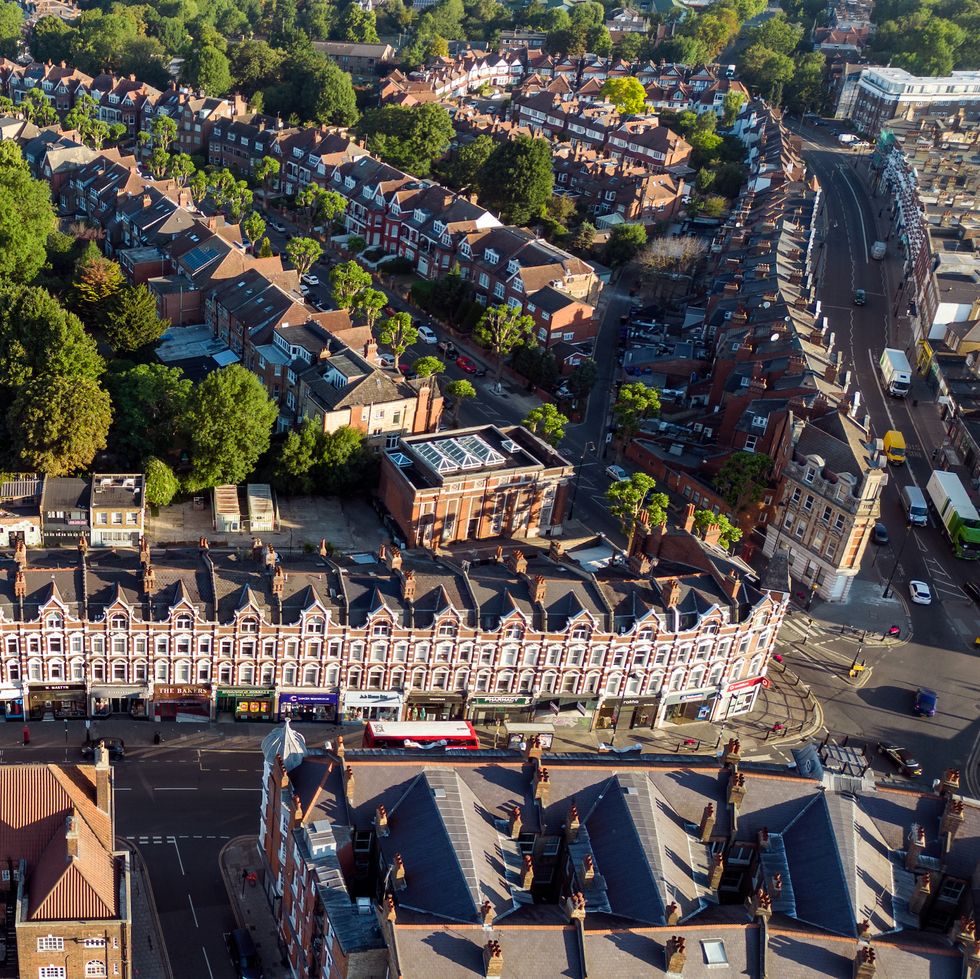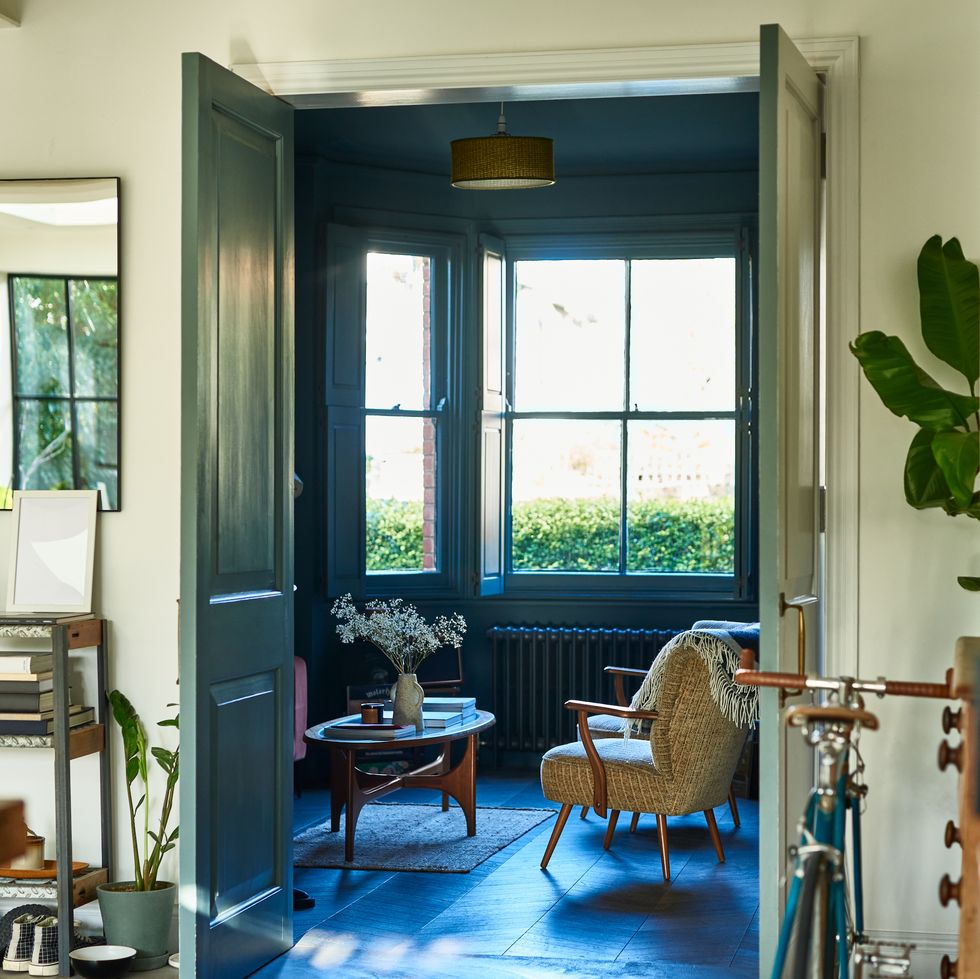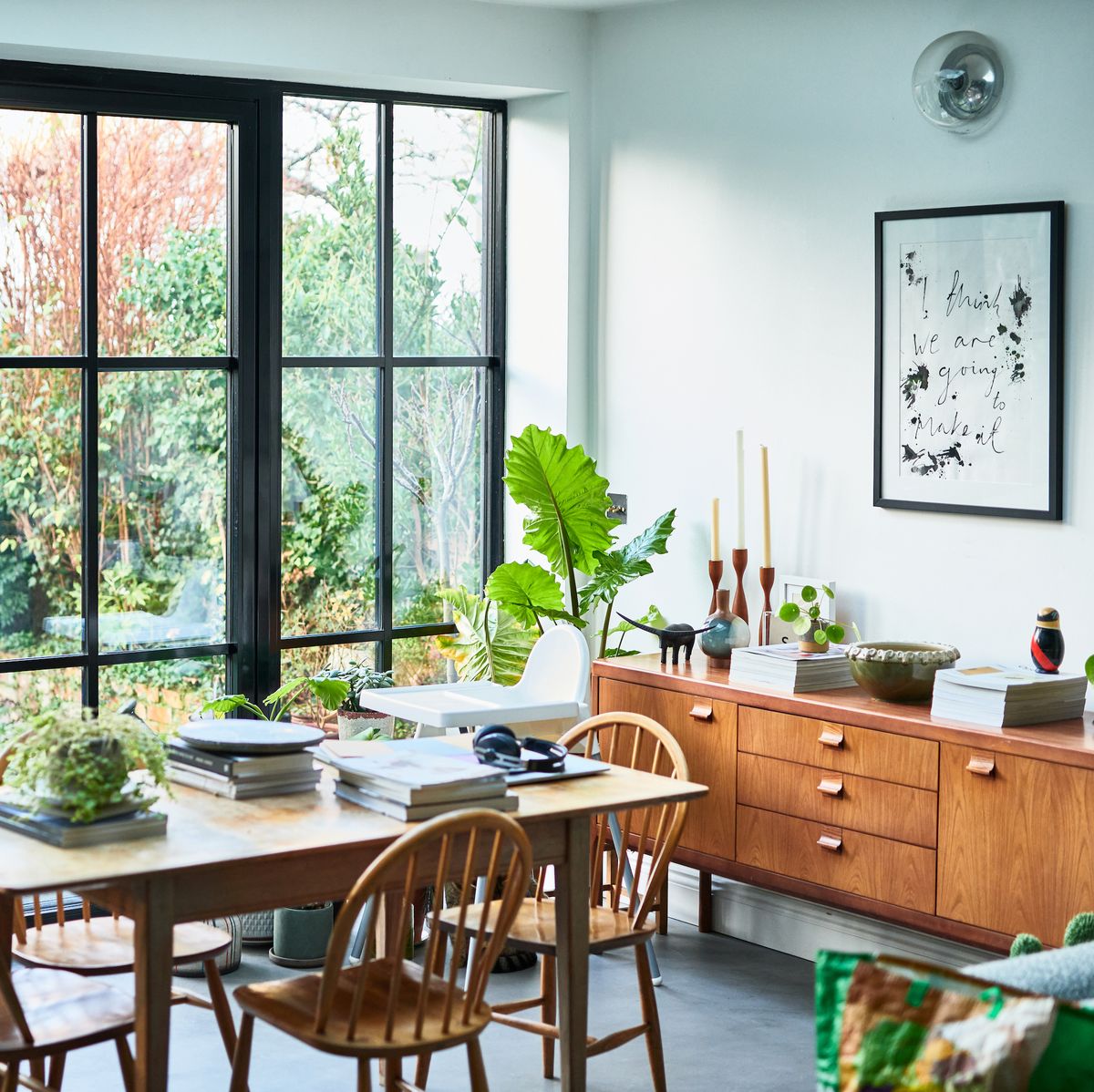Vaila Morrison RIBA argues why inclusive design is the key to the future of housing.
As concerns about the climate crisis grow, sustainable design and development have become a major buzzword in recent years. What was once a niche sector in the 70s and 80s has now become a mainstream concept widely regarded as the future of building. This is one of the reasons why I decided to study architecture.
While many people associate sustainable design with eco-design, energy performance, and the environmental impact that buildings have, this is only part of the story. To be truly sustainable, a building must also meet the needs of the people who use it. This is where inclusive design comes in.
What good is a building that is energy-efficient if it fails to meet our human needs? Buildings that compromise our ability to live well or prevent us from feeling safe and part of a community are not sustainable. This is especially true for the buildings we live in, our homes, which are fundamental to our well-being.
What is inclusive design?
Designing a home with inclusivity in mind involves considering how well the house will function for individuals of all ages and abilities, both now and in the future. This means taking into account the accessibility of the home, including the ability to enter and navigate around the house, as well as the flexibility of the rooms and spaces within it. In essence, the goal is to create a home that can adapt and accommodate changing needs throughout a lifetime, ultimately providing a true “forever home.”
Throughout our lives, our needs and abilities are constantly changing. As infants, we are unable to move around independently. As we age, many of us may experience periods of illness or injury, resulting in reduced mobility. Additionally, there is a wide spectrum of conditions that can affect our ability to use and enjoy our homes if they are not designed with accessibility in mind.
‘There is a real risk of people having to make do, which can impact health outcomes and lead to isolation’
In my opinion, it doesn’t make sense to not design homes with easy transition features as it is impractical, inefficient, and unsustainable. It’s important to make homes accessible and welcoming to friends and family who have varying accessibility needs.
Without these adaptability features, people may have to settle for less than ideal living conditions, which can negatively affect their health and lead to social isolation. This can be detrimental to individuals and can also have costly consequences for society, such as longer hospital stays due to limited access or early placement in a care facility.
Quality of Life

As our society continues to age and more people live longer with health conditions and disabilities, it’s crucial that we prioritize creating inclusive and accessible homes and communities.
The most successful and sustainable developments are those where residents feel a sense of belonging, safety, and welcome. Providing choices is also important, and communities with a strong sense of social cohesion tend to strike a good balance between privacy and opportunities for socializing.
When homes are located near or have easy access to amenities like shops, recreation areas, social activities, and healthcare, residents are naturally enabled to be independent. This benefits everyone from young children enjoying their first taste of freedom by safely walking to a local shop, to older individuals and those with disabilities who can remain independent for longer in an inclusive home and community.
There are many overlaps between the social aspects of sustainability and the economic and ecological aspects. Building for longevity and minimizing waste is an economic investment, and homes and buildings designed with flexibility in mind from the start can reduce the need for disruptive alterations and ultimately save costs.

Using healthy, high-quality building materials can not only benefit the environment but also directly improve the health of the people living in those homes. Poor-quality homes can be expensive to heat and have low air quality, leading to issues such as mold and mildew. Additionally, inadequate lighting and a lack of connection to natural day and night cycles can negatively affect moods and be confusing for individuals with conditions like dementia.
Building sustainably is the future of housing. By adhering to eco design standards, we can create comfortable, well-ventilated homes that are cost-effective to run. When combined with inclusive design principles, these homes can allow everyone to live independently or participate fully in family life. What more could we ask for in a home than that?
